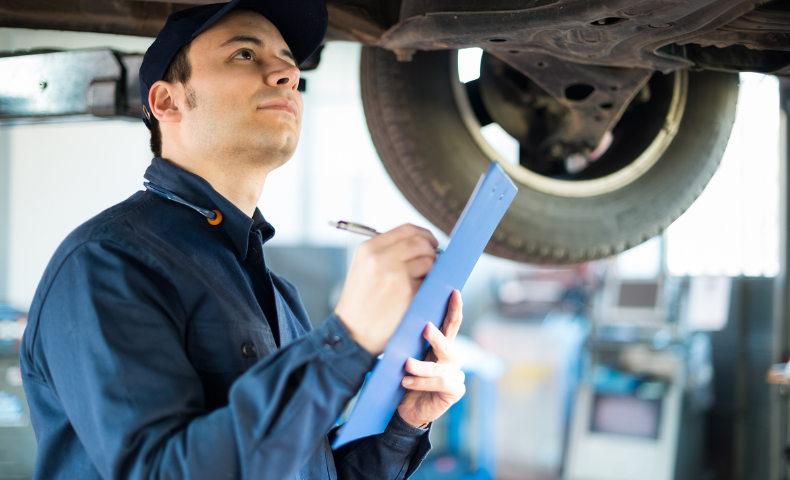DVSA Implements New HGV MOT Rules to Boost Safety and Compliance
As of 1 April 2025, the Driver and Vehicle Standards Agency (DVSA) has introduced significant updates to the MOT inspection requirements for Heavy Goods Vehicles (HGVs) across the UK. These changes are designed to improve road safety, increase testing accuracy, and help fleet operators remain compliant with regulatory standards.
Key Updates at a Glance
The DVSA updates focus on:
-
Enhanced brake testing protocols
-
Updated inspection manual standards
-
Stricter vehicle identification requirements
-
Digitalization of MOT pass certificates
Let’s take a closer look at each of these areas.
Enhanced Brake Testing Protocols
One of the most important changes affects brake testing requirements:
-
HGVs must now undergo a minimum of four laden roller brake tests per year, up from the previous one annual test.
-
Each test must be conducted with the vehicle loaded to at least 65% of its design axle weight, to better reflect real-world braking performance.
-
Electronic Brake Performance Monitoring Systems (EBPMS) are still acceptable for brake testing—if reviewed by a competent person before each MOT inspection.
Updated HGV Inspection Manual Standards
The DVSA has updated several sections of the HGV inspection manual, improving how inspectors assess various vehicle safety components. Key updates include:
Sideguards and Rear Under-Run Devices
-
Requirements have been clarified and tightened.
-
There are now stricter definitions for positioning, secure mounting, and dimensions.
-
The goal is to improve protection for vulnerable road users, such as cyclists and pedestrians.
Bumper Bars
-
New inspection criteria ensure bumper bars are properly aligned, structurally sound, and securely mounted.
-
These checks aim to guarantee effective impact protection.
Glass and Visibility
-
Updates emphasize the importance of clear driver sightlines.
-
Rules now cover windscreen and mirror condition, wiper and washer functionality, and tinting regulations.
Pressure/Vacuum Warning Systems
-
More rigorous checks are now required for vehicles with pneumatic or hydraulic systems.
-
Warning systems must offer accurate and timely alerts to avoid braking or suspension issues.
Fuel Tanks
-
Inspections will now closely assess corrosion, leaks, and mounting security of fuel tanks.
-
These updates aim to reduce fire hazards and environmental risks.
Braking Components
-
New guidance has been introduced for inspecting brake linings, drums, discs, pads, and hydraulic systems.
-
Inspectors will now pay greater attention to wear limits, overheating signs, and component compatibility.
Narrowed Vehicle Exemptions for Sideguards
From 1 April 2025, there’s a revised list of exemptions for vehicles regarding sideguards. Fewer vehicle types will now qualify for exemptions, and all others must have sideguards installed unless they meet specific criteria outlined in the new manual.
Stricter Vehicle Identification Requirements
To help combat fraudulent practices like “ghost MOTs”, the DVSA now requires:
-
Vehicles to have a chassis number or DVSA-issued trailer ID mark that is permanently affixed, easily accessible, and clearly legible.
Digital MOT Pass Certificates
Printed MOT pass certificates will no longer be issued by default. Instead:
-
Operators can access digital certificates online.
-
Printed versions are still available upon request for users without internet access.
What This Means for Fleet Operators
These updates are comprehensive and will require proactive measures from HGV operators and drivers:
-
Schedule regular brake testing using correct loading procedures.
-
Ensure all vehicle systems and safety equipment meet the new inspection standards.
-
Maintain clear identification markings on every vehicle.
-
Prepare for digital record-keeping of MOT certification.
Learn More
For full details on the new requirements and access to the updated inspection manuals, visit the official DVSA website:
